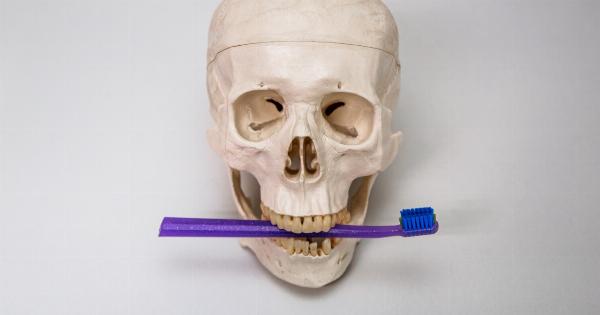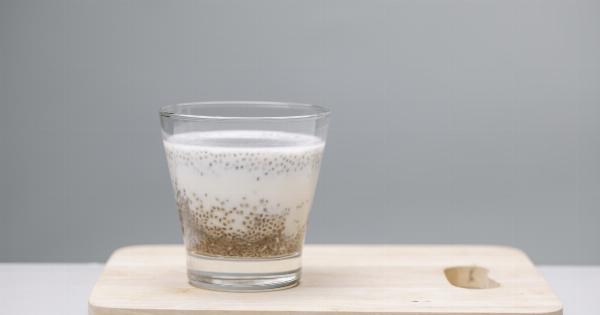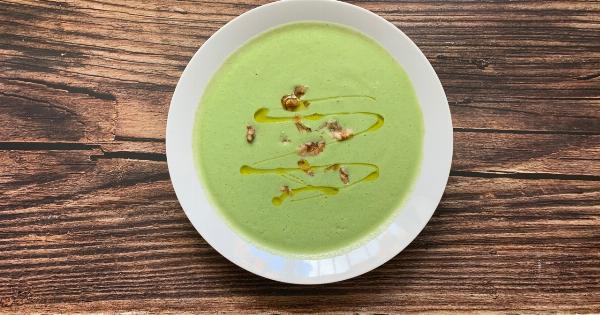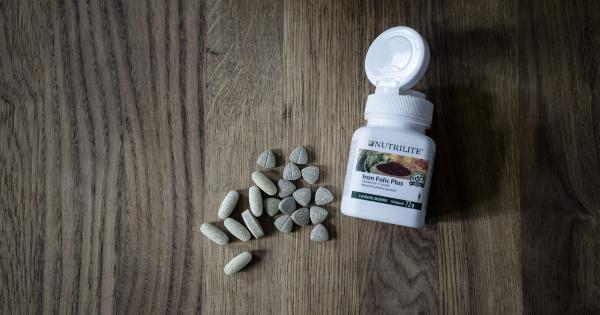When it comes to finding the perfect beverage to kickstart your day, one often wonders if consuming Milo daily is a good choice. Milo, a popular chocolate malt drink, has become a go-to option for many, especially among children and athletes.
Despite its popularity, there are still questions regarding the potential benefits and drawbacks of daily Milo intake. In this article, we will delve into the science behind the daily consumption of Milo, unveiling the facts and shedding light on its impact on our health.
1. Milo’s Nutritional Profile
Milo is made primarily from malted barley and mixed with cocoa, milk powder, and various vitamins and minerals. This composition not only gives Milo its distinctive flavor but also contributes to its nutritional value.
Milo is often fortified with essential nutrients like calcium, iron, and vitamins B2, B3, B6, and B12.
2. Energy-Boosting Abilities
One of the key benefits associated with consuming Milo is its energy-boosting capabilities. It is a rich source of carbohydrates, which our body converts into glucose – the primary source of energy for our cells.
Consuming Milo in the morning can help provide a quick burst of energy to kickstart your day.
3. Nutrient Density
Milo contains a range of essential nutrients, making it a nutrient-dense beverage. The added vitamins and minerals in Milo can contribute to the overall nutritional intake of an individual, especially those with inadequate diets.
However, it is important to note that Milo should not be considered a replacement for other nutrient-rich foods and should be consumed as part of a balanced diet.
4. Bone Health Benefits
Calcium is a crucial mineral for maintaining bone health, and Milo is often fortified with calcium.
Regular consumption of calcium-rich foods, such as Milo, can help support bone density and reduce the risk of osteoporosis, a condition characterized by weakened and brittle bones.
5. Muscle Recovery and Athletic Performance
Milo contains a moderate amount of protein, which is essential for muscle recovery and growth. The protein content, combined with its carbohydrate content, makes Milo a popular choice among athletes.
Consuming Milo after exercise can help replenish glycogen stores and aid in muscle recovery.
6. Antioxidant Properties
Cocoa, one of the primary ingredients in Milo, contains antioxidants called flavonoids. Flavonoids have been linked to various health benefits, including improved heart health and reduced inflammation.
However, it is important to note that the amount of cocoa in Milo may not be sufficient to provide significant antioxidant benefits.
7. Sugar Content
While Milo offers several nutritional benefits, it is important to be mindful of its sugar content. Milo contains added sugar, which can contribute to excessive calorie intake if consumed in large quantities.
It is essential to monitor sugar intake and consume Milo in moderation, especially for individuals with diabetes or those trying to manage their weight.
8. Caffeine Content
Milo does not contain caffeine unless it is specifically added as an ingredient. Therefore, it is generally considered caffeine-free. This makes it a suitable choice for individuals who are sensitive to caffeine or need to limit their caffeine intake.
9. Health Considerations and Moderation
While Milo offers various benefits, it is crucial to consume it in moderation and consider individual health considerations.
Every individual’s nutritional needs vary, and factors such as age, activity level, and overall diet should be taken into account. Consulting with a healthcare professional or registered dietitian can provide personalized guidance on the appropriate consumption of Milo.
10. Conclusion
Milo, with its unique taste and nutritional value, can be a delightful addition to a balanced diet. Its nutrient density, energy-boosting abilities, and potential bone health benefits make it a suitable choice for individuals of different age groups.
However, it is important to be mindful of its sugar content and consume it in moderation. Incorporating Milo into a well-rounded diet along with regular physical activity can contribute to a healthier lifestyle.































